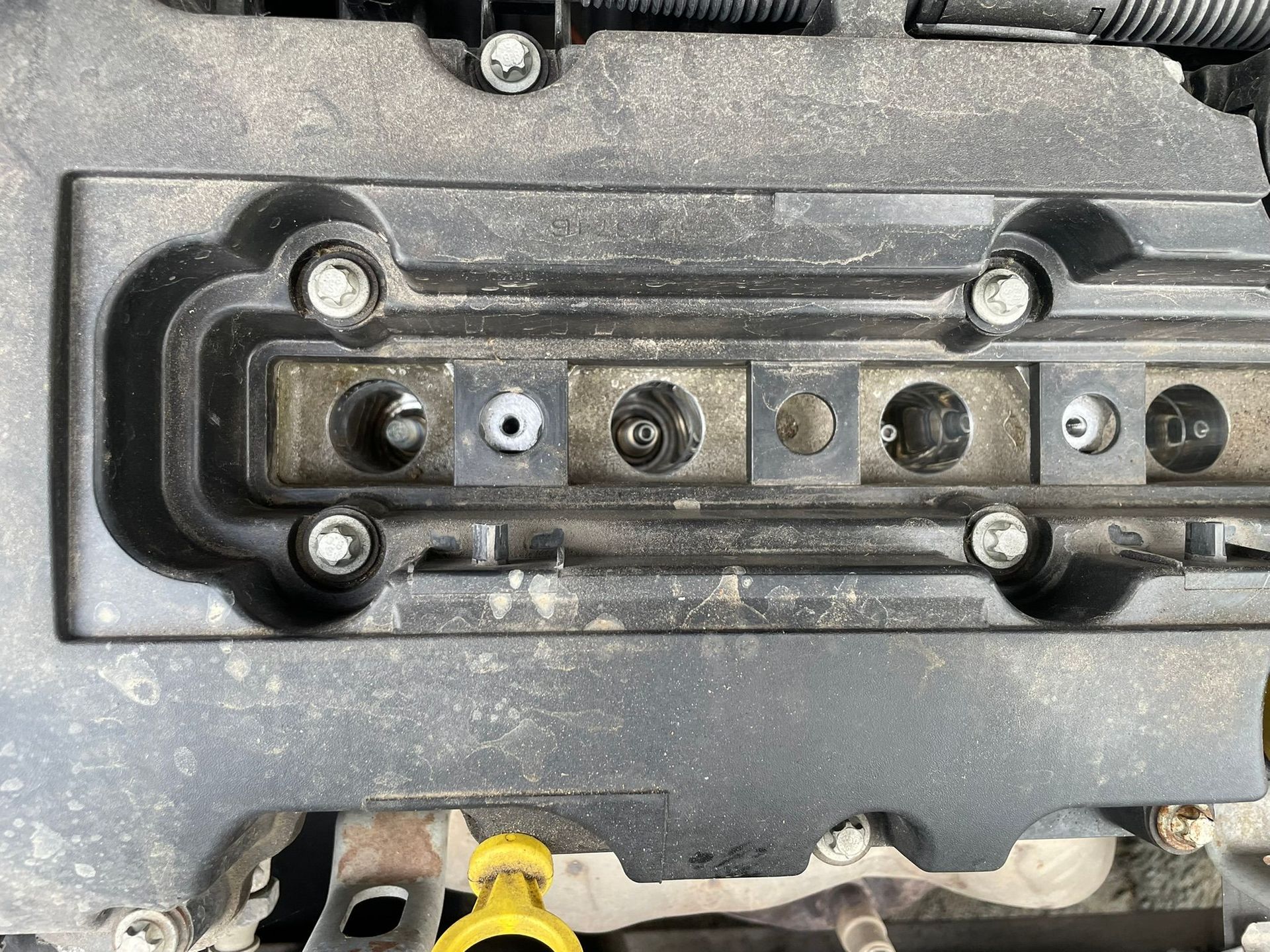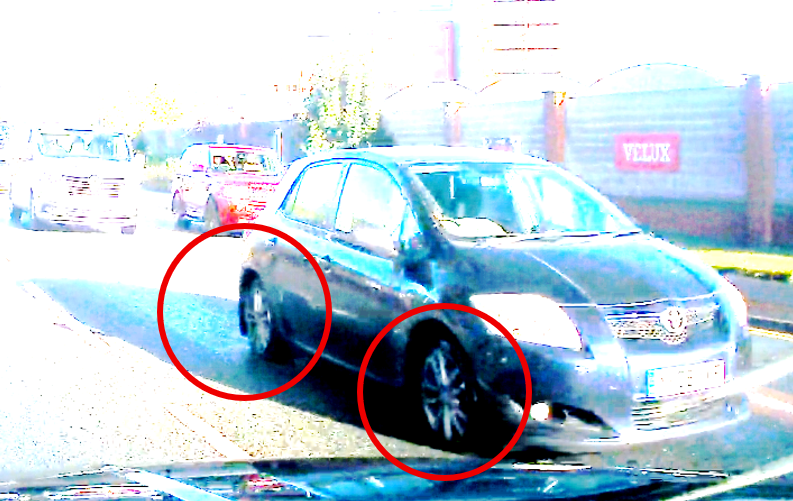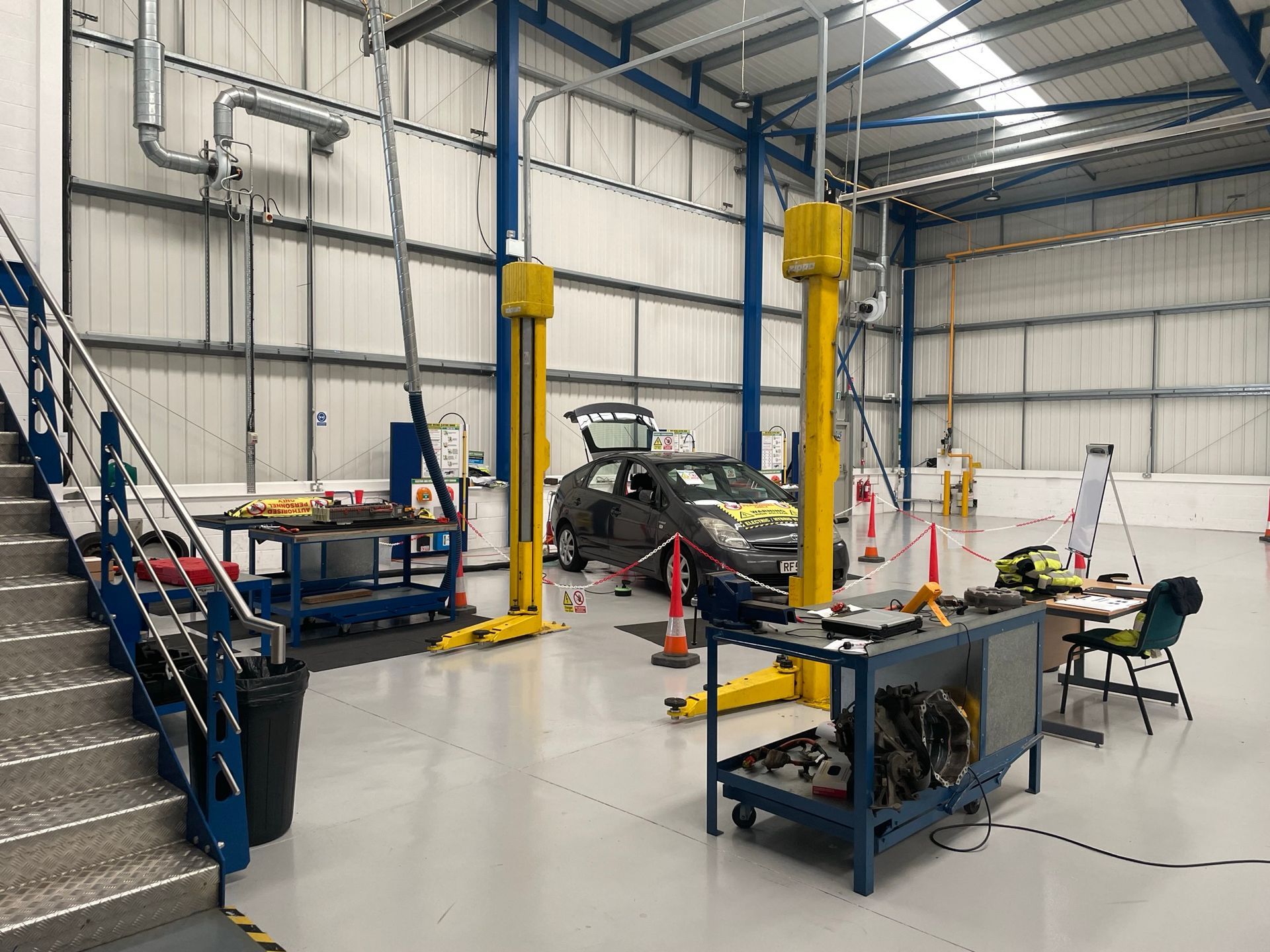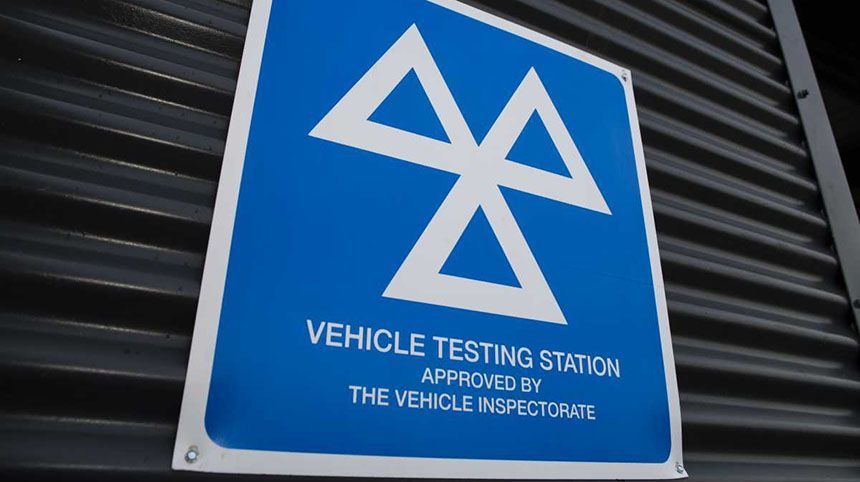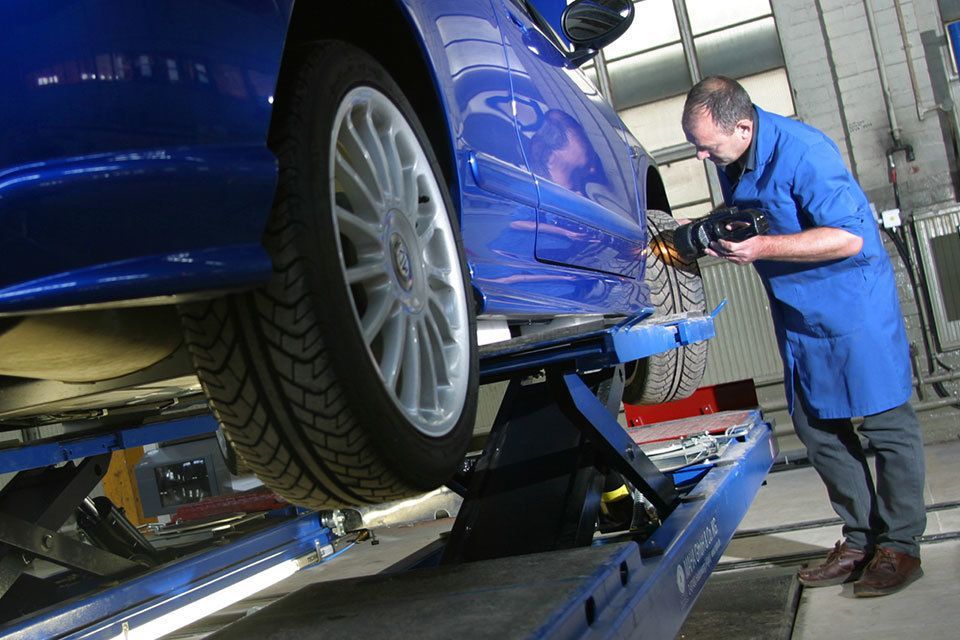Clues the seatbelt was being worn
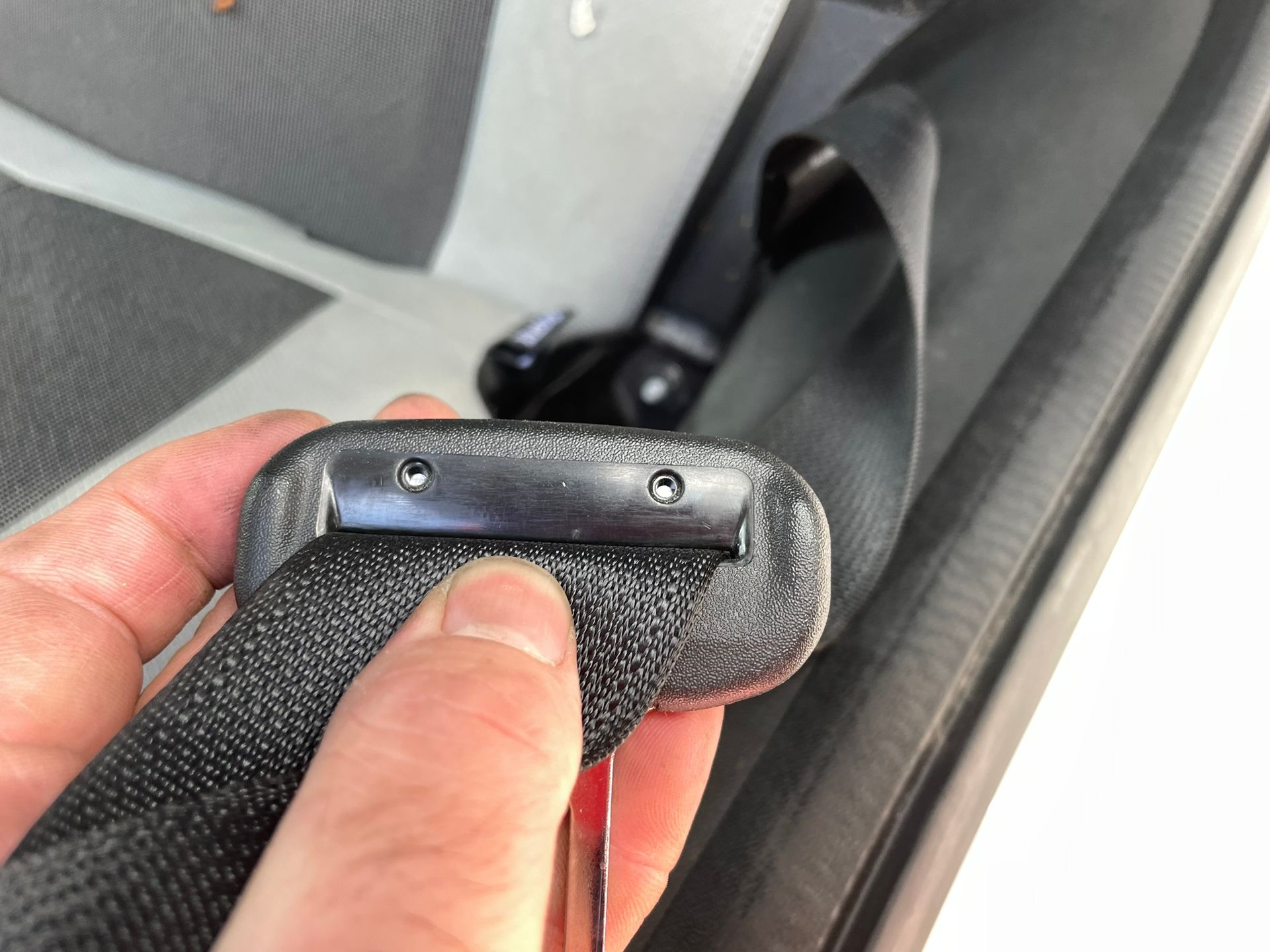
One of the more common questions I get asked as a forensic vehicle examiner, is was the seatbelt being worn? Whilst the reasons for wanting to know whether a seatbelt was being worn change, my approach does not. If you’re trying to answer the same question, here are some pointers you may wish to consider.
When trying to determine whether a seatbelt was being worn or not, I start by considering the collision and what I might expect to find, I then move on to a physical inspection, after that I will try and access any data from the event data recorder (EDR) or freeze frame data and finally I will ask whether there is any evidence injuries on those believed to be in the car a
Consider the collision
Finding out whether a seatbelt was being worn or not, is not possible in all collisions. The key thing to consider here is whether the seatbelts are likely to have been pulled taught by the vehicles pre-tensioners. The more severe the collision/incident, the more likely there is to be evidence. I would say from the outset that whilst physical evidence can determine if a seatbelt was being worn, a lack of evidence is not enough to say it wasn’t being worn. Finally, before you inspect a vehicle, you ideally want to know the height and proportions of the person or persons who were believed to be in the seat, better still, if you can, take them back to the seat.
Physical seatbelt inspection
Where I think the collision is severe enough to have caused marks to be left, I will always go and physically inspect the car.
I start by looking at the seatbelt itself, where I am looking for a discolouration of the material, which would suggest a degree of heat build-up. Next, I will check the buckle. Where the seatbelt runs through the buckle, you may find more burning or abrasions marks to the plastic.
Burning to the seatbelt and buckle, indicate the pre-tensioners have activated and pulled the seatbelt tight, but just as important, is the point at which the seatbelt has been burnt.
If you put the person who was believed to be in the seat at the time of the collision, back in the seat, and clip the seatbelt in, the burn mark should be within an inch or so of the buckle, if the burn mark is more than an inch from the buckle, it suggests the person you have in the seat wasn’t in it at the time of the collision.
Finally, I will always check the seatbelt and receiver for operation, as I have inspected vehicles previously, where I have found glass fragments from the windscreen lodged in the receiver which prevented the seatbelt from clipping in correctly, this potentially being a sign the seatbelt wasn’t being worn.
Event data recorder (EDR) download and freeze frame data
Now I have recovered the physical evidence, I want to think about the electronic evidence, in this case data from the event data recorder or freeze frame data.
Event data recorders are a little like black boxes on planes, they record certain information about what a car was doing in the seconds before a collision occurred, normally around 5 seconds.
Sometimes contained within that data is which seatbelts were clipped in, whether the seat was occupied and on occasions the profile of the person (i.e. child, adult, unoccupied seat). Where I rely on this type of data, I will always do my best to check the seat occupancy and seatbelt occupancy systems using live data.
Increasingly, freeze frame data is also proving useful. In certain circumstances, where a pre-tensioner activates pulling a seatbelt tight, it may also create a fault code in the vehicles diagnostic system, which in turn, may also record the time and date the fault was noted. It may also identify which seats recorded a fault.
Supporting medical evidence
Medical evidence is not my area of expertise, however, wearing seatbelts and the deployment of airbags can result in physical injuries being caused which may help to determine where a person was seated at the point the collision occurred.
It is reasonably common to find burn marks across the chest diagonally and in the case of airbags, airbag burns, particularly around the arms for a driver.
Can we help?
In determining whether a seatbelt was being worn or not, there is rarely the silver bullet waiting to be collected, which means you have to look at the individual pieces of evidence to come to the right conclusion.
If you are trying to answer this very question, contact us today to see how I can help you.
Email: enquiry@drivenforensics.co.uk
Phone: 0113 534 8708

